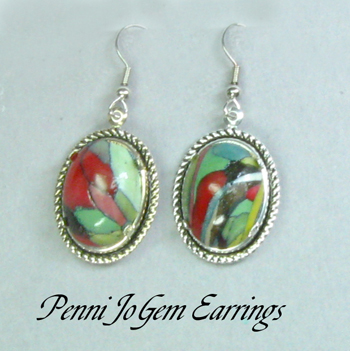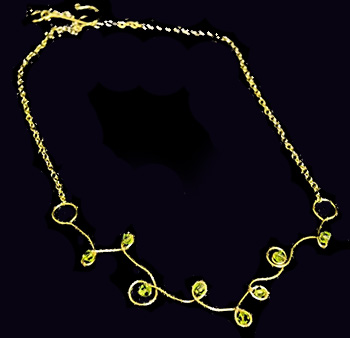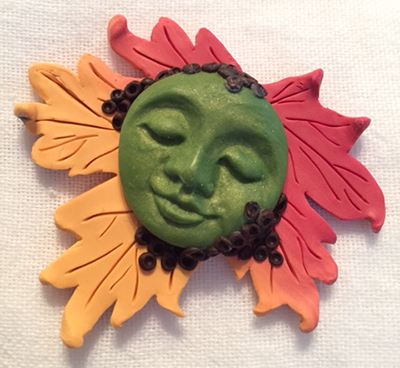July 2017 Meeting: Eagle and Shield
 Our next guild meeting will be Saturday, July 8, 2017 from 1:30-4:30 p.m. in the Contemporary Arts Center at the fairgrounds.
Our next guild meeting will be Saturday, July 8, 2017 from 1:30-4:30 p.m. in the Contemporary Arts Center at the fairgrounds.
This is Inchie month, with a theme of Summer.
The always entertaining Chris Crossland and her trusty sidekick Karen Humphries will lead us in creating a patriotic eagle & shield pin/pendant, so appropriate for July!
Supplies:
- Bake & Bond
- Mica powders: Pearl-ex Pearl White, Aztec Gold, Sunset Gold
- Glue-on bail for later
Tools:
Your favorite tools and:
- Needle tool
- Christi Friesen’s WIA tool (or whatever you use to sculpt)
- Size “0” knitting needle
- X-acto® or craft knife with sharp blade
- Kemper Star cutter 3/8″ (if you don’t have it, we will cut the 3 stars for you)
- Extruder with a 1/8″ round disc
- PJ’s Smooth Hair texture sheet
Clay Colors
These colors of clay are used to make the colors we will be using in class: White, Pearl, Cad Yellow, 18K Gold, Cad Red, Navy (or Ultramarine Blue and Black to make Navy clay)
Color Recipes for class:
To save time during the meeting, it is suggested that the following colors be mixed and/or conditioned ahead of time:
- White mix: 1/2 block White + 1/4 block Pearl
- Beak mix: 1/8 block Cad yellow + 1/8 block 18K Gold
- Shield trim & backing: 1/2 block 18K Gold
- Shield stripes: 1/4 block Cad Red
- Blue Shield Top: 1/4 block Navy (if you don’t have Navy clay, mix 1/4 block Ultramarine Blue + 1/16 block Black)



